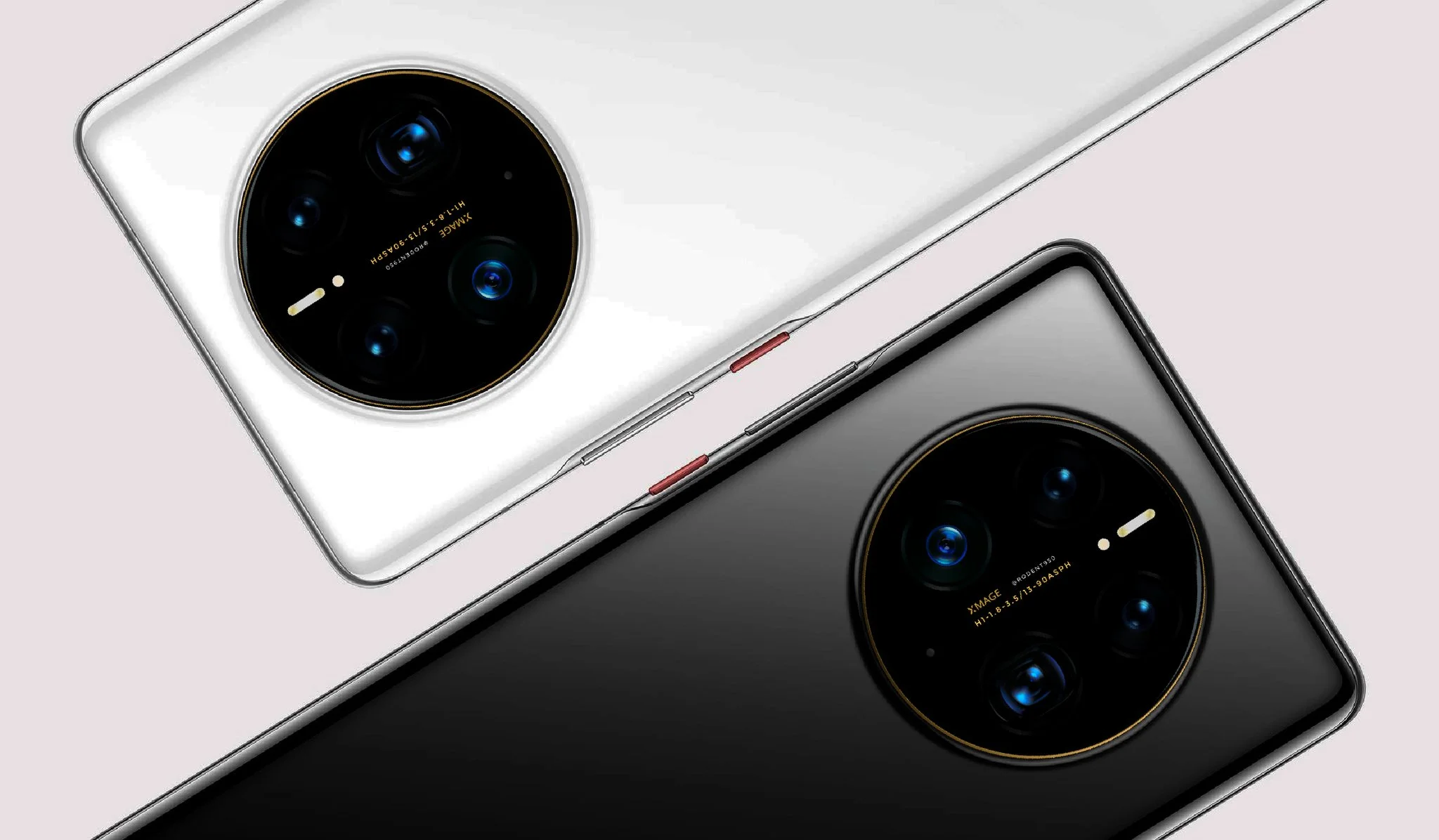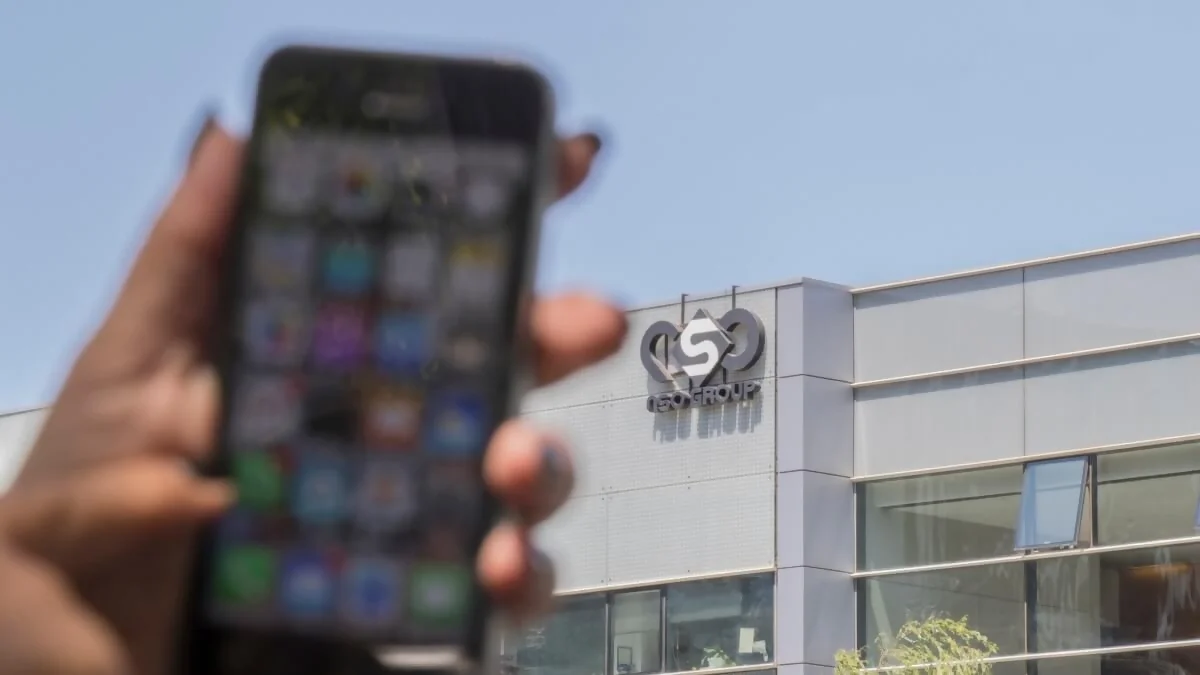Ukraine’s Ministry of Digital Transformation has shared useful tips on checking images on its Telegram channel.
Brief instructions on how to recognize a fake photo on the Internet
- Carefully study and mark the photograph: perspective, proportions of objects, shadows, reflections, image focus, contrast and colors. It also includes weather, geographic topology, architecture, street names, car numbers, etc. It’s worth checking the photo for.
- A flashy title or caption for the photo. For example, captions or posts like “shock”, “sensation”, “urgent”, “this photo is being deleted everywhere”, “amazing” are signs of manipulation and could possibly be fake.
- Check the source where you saw this photo. Are there other similar publications with flashy and manipulative titles, what is their scope, author, primary source, additional materials are indicated.
- Photo verification through special programs: Google Search with Images, TinEye will help identify the original source of the photo.
- Fotoforensics, Duplichecker will help you read pixel changes, i.e. whether there are changes in photo editors, geographic data, metadata, and even additional information about the type of camera the photo was taken from.
In times of war, it is also important to filter information and verify sources to prevent the consumption and spread of fraudulent or disinformation. For this, official sources and reliable mass media should be used. Viber has recently compiled a list of relevant and verified resources, so we recommend that you familiarize yourself with it.
Source: 24 Tv
John Wilkes is a seasoned journalist and author at Div Bracket. He specializes in covering trending news across a wide range of topics, from politics to entertainment and everything in between.













